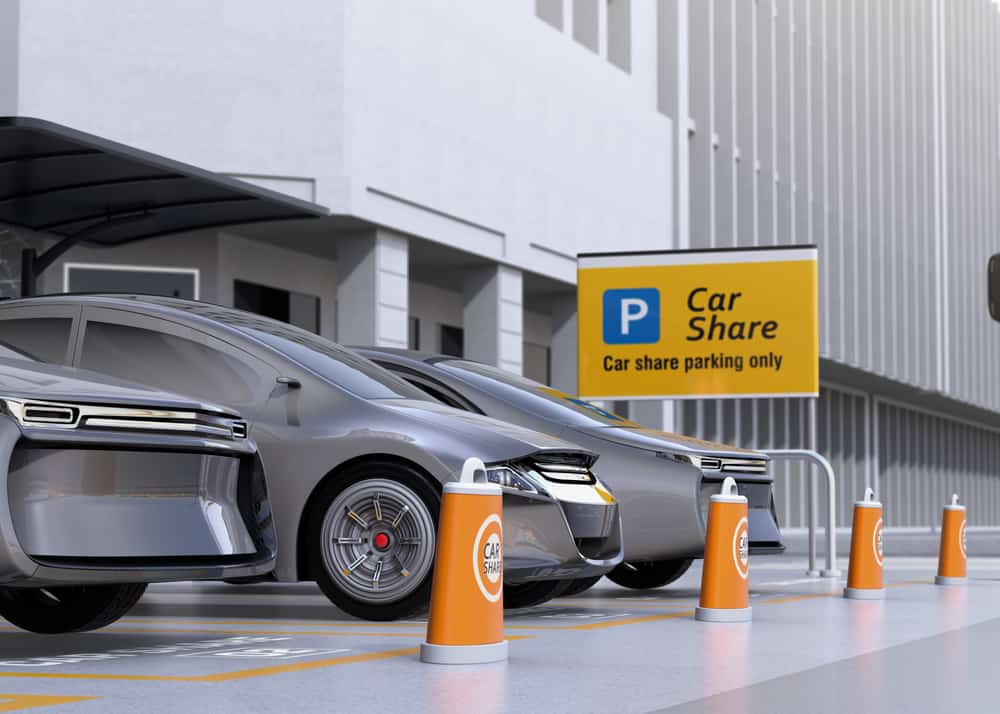I’d like to live more sustainably and make choices that are kinder to the earth. However, the magnitude of the changes can feel overwhelming. I can’t see myself living off the grid in a yurt with a herd of goats doing my landscaping. I need simple ideas — baby steps. So I went to the expert, Kris Bordessa, who publishes Attainable Sustainable, for advice on small, easy changes that will save money and decrease my carbon footprint. I asked Kris for five easy changes. Here are her suggestions, which she promised even I could do. No goats involved.

Photo: Deposit Photos
Grow something
Even if it’s just a pot of lettuce, grow something. A pack of lettuce seeds that can grow up to 275 heads of lettuce costs about $2 and you can be sure there will be no pesticides on your salad. Considering that a single head of lettuce in the grocery store costs about $2, this one is a no-brainer, right? If you’re lazy like I am, plant the lettuce in a pot right outside your back door.

Make soup
Kris makes the case for homemade soup. “It uses up old vegetables and leftovers, eliminating waste in your own kitchen. Plus it eliminates the BPA-lined cans that come with store bought soup. And for the price of a single can of soup, you’ll end up with a stock pot full,” she says.
I’m soup-challenged, so I asked her for a recipe. She scoffed at the word “recipe” but pointed me to her easy instructions for chicken stock. Another of her tricks is to keep a container in the freezer and add leftovers to it. Just throw in stuff like pasta with sauce, green beans, sliced onions and other leftovers when dinner is over. Keep in mind not to mix flavors too much. She keeps separate “Italian style” and “Mexican style” containers. Then, whenever you want soup, just put the chicken stock and a container of leftovers from the freezer into a pot, heat over the stove and you’ve got homemade soup.
Bring your own container
You’re not going to be able to grow all your food. Be honest —you might not even want to give up your coffee-shop java. But a baby step would be to bring your own containers. How much money does this save? Well, a little. Starbucks offers a 10-cent discount if you bring your own reusable mug. Ask your independently owned coffee shop if they’ll do the same. Many grocers, includingTarget and Trader Joe’s, give you a discount for using reusable bags.
Compost
All that stuff you shove down the garbage disposal will all break down naturally if given the chance, and composting it is less strain on the sewer system. Create a compost pile and your garden will thank you. But Kris also writes about a way to get the benefits of composting in just minutes. Take your leftover apple cores, egg shells, carrot tops, banana peels and other food waste (but not meat) and put it in your blender. Fill up with water and blend until everything is finely chopped. Then dig a few holes next to plants in your garden, pour in the contents and cover with dirt. It’s that simple and you don’t even need to keep a compost pile.

Photo: Deposit Photos
Drive less
This tip requires a little planning. Combine errands, or ask a neighbor to pick up that one thing (and reciprocate if you’re heading to the store). Carpool or use public transportation when you can. With the price of gas, even eliminating just one trip a week can add up. Plus, less driving means fewer emissions and less fuel that has to be transported to your local gas station. Also, by eliminating trips you’ll be home more and have more time to work in your garden and make soup.
If you liked this article, you may also like:
- Make the most of your garden’s harvest
- Build a salad table to grow your greens
- How to donate, trade or recycle your stuff
- Great ways to celebrate Earth Day every day
- 5 tips to reduce your energy use
- Turn your trash into quick and easy cash
- Recycle old magazines into beautiful bowls
- Ways to reuse and recycle old calendars
- New ways to use old sweaters
- 10 uses for shredded paper


